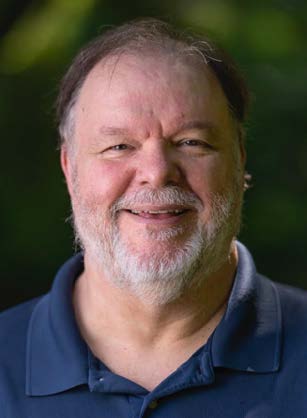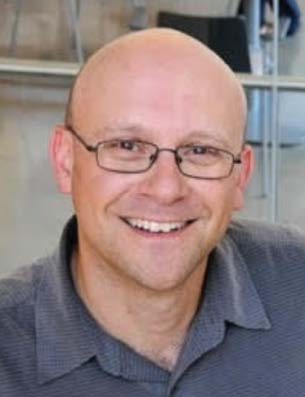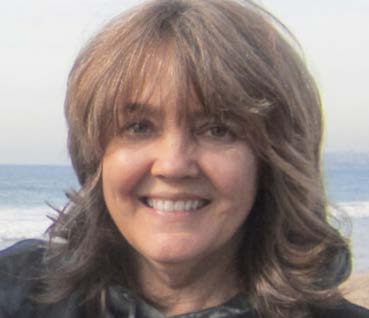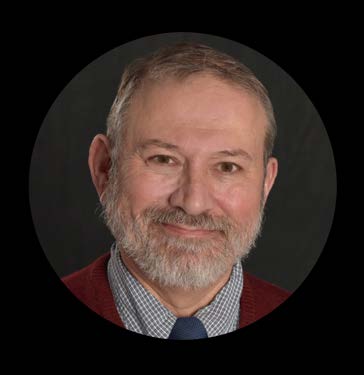The SIGGRAPH Pioneers are announcing a follow-up to our successful Zoom panel on Generative AI.
Join us on Wednesday, 15 May 2024, at 8:00pm Eastern for a follow-up to our February panel, featuring the same computer graphics pioneers, all of whom who are currently involved with AI development issues. The panelists agreed that there were many more important topics to cover, and they were all happy to continue the conversation about AI, engaging live with the SIGGRAPH Pioneers.
Register in advance for this webinar:
https://us02web.zoom.us/webinar/register/WN_JqaKPjsjRXCvU-GYCV_Urw
After registering, you will receive a confirmation email containing information about joining the webinar.
-Ed Kramer
Chair, SIGGRAPH Pioneers
PANELISTS

Blake Schreurs
Blake Schreurs is an immersive technology specialist with the Information Technology Services Department at the Johns Hopkins University Applied Physics Laboratory (JHU/APL). Blake has both a B.S. and M.S. in Computer Science. Early in his career, Blake gained a significant amount of experience in software engineering and software systems architecture. For the last eleven years, Blake has used these skills to focus on applications of AR / VR / MR, human-computer interaction, robotics, gaming, modeling, simulation, and immersive visualization.

David Spoelstra
A SIGGRAPH volunteer for 32 years, David has served in executive and senior engineering management roles responsible for tens of million-dollar budgets at both startups and Fortune 500 companies. Previous to that he was a hardware/software design engineer at Tektronix and several startups. Currently he is ACM SIGGRAPH Treasurer and researches deepfake technology as it relates to ethics issues in generative AI. David hosts a bi-weekly meeting in the Indianapolis area with members from a wide variety of disciplines to discuss AI advancements in their respective fields.

Dan B. Goldman
Dan Goldman (www.danbgoldman.com) received his Bachelors and Masters in computer science from Stanford University in 1995. While at Stanford, he began his career as a visual effects artist at ILM, and subsequently held various computer graphics production and software development roles there for 12 years, on and off. He received his PhD from the University of Washington in 2007, and then joined Adobe’s Creative Technologies Lab, where he created techniques for inpainting and reshuffling image contents, launching the Content-Aware Fill family of features in Adobe Photoshop. He joined Google in late 2015, co-founded the Project Starline telepresence effort, and led its computer vision R&D team, developing high-fidelity real-time 3D human capture and rendering technology for the future of communication. In late 2022 he began leading a new Google Labs project in generative media. Dan is a member of the Visual Effects Society, an ACM SIGGRAPH Pioneer, and an affiliate faculty member at the University of Washington. He presently publishes a newsletter every weekday on generative media, at danbgoldman.substack.com.

Rebecca Perry
Rebecca Perry is a long-time SIGGRAPH member whose interests include the history of CG. Rebecca holds a PhD in Science, Technology and Society from the Massachusetts Institute of Technology. She taught at the University of Virginia, worked with Epic Games’ Virtual Production Fellowship program, and she now heads training and development for Lux Machina Consulting. Rebecca is currently collaborating with MIT researchers on a study of generative AI chat programs.

William Joel (Moderator)
Chair, SIGGRAPH 2024 Education Committee
Retired – Director, Center for Graphics Research
Western Connecticut State University

Ed Kramer (Host)
Chair, SIGGRAPH Pioneers (2019 – 2024)
Retired – Associate Professor, Rocky Mountain College of Art + Design
Sequence Supervisor, Industrial Light + Magic (1994 – 2006)


